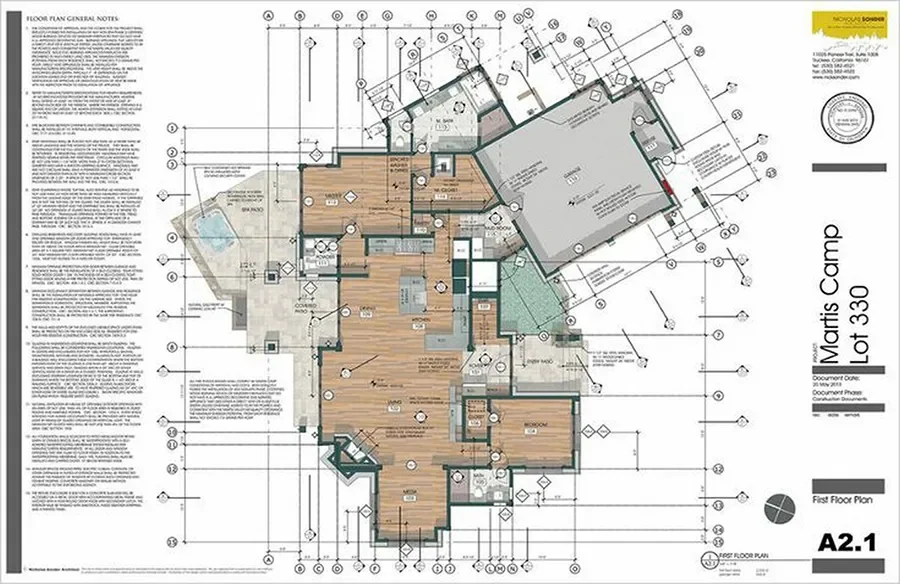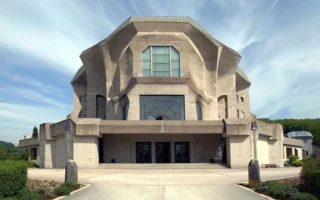Introduction:
Understanding the intricate dance between creativity and structure is pivotal in the realm of architecture. At the heart of this discipline lies a crucial process: planning. As architects wield their pens and imaginations, they are not merely sketching dreams; they are crafting blueprints for the future. But what exactly is planning in architecture, and why is it so vital? Let’s embark on a journey to unravel this fundamental concept.
1.Exploring the Fundamentals:
The Blueprint of Dreams: Defining Architectural Planning In the tapestry of architectural creation, planning serves as the warp upon which the weft of design is woven. It’s the foundational stage where aspirations take shape, and visions transform into tangible realities. Architectural planning encompasses a myriad of facets, ranging from spatial organization to functionality, sustainability, and aesthetic considerations. At its core, it’s the art of orchestrating space to fulfill human needs and aspirations.
2.Navigating the Terrain:
The Process of Architectural Planning Architectural planning is not a linear process; rather, it’s a dynamic journey marked by iterations and adaptations. It begins with a comprehensive analysis of site conditions, contextual factors, and client requirements. This phase lays the groundwork for subsequent design decisions. Architects delve into zoning regulations, environmental impacts, and cultural contexts to inform their creative endeavors.
3.Balancing Act:
The Interplay of Form and Function At the heart of architectural planning lies the delicate balance between form and function. While aesthetics add soul to spaces, functionality ensures their usability and efficiency. Architects must reconcile these sometimes conflicting demands, striving to create environments that are not only visually captivating but also conducive to human activities. It’s a harmonious interplay where every design element serves a purpose, enriching the built environment.
4.Sustainability in Focus:
Planning for a Greener Future In an era marked by environmental challenges, sustainability has emerged as a central tenet of architectural planning. Architects are tasked with envisioning buildings that tread lightly on the planet, minimizing energy consumption, reducing waste, and harnessing renewable resources. Sustainable design principles are seamlessly integrated into the planning process, ensuring that structures not only endure but also contribute to a healthier ecosystem.
5.Beyond the Blueprint:
The Role of Technology in Planning The advent of digital tools has revolutionized the landscape of architectural planning. From Building Information Modeling (BIM) to parametric design software, architects now have unprecedented capabilities to visualize, simulate, and analyze their projects. These technologies streamline the planning process, enabling faster iterations, better collaboration, and more informed decision-making. In the digital age, the blueprint is not just a static document; it’s a dynamic, data-rich model that evolves alongside the design.
6.Cultivating Collaboration:
The Power of Stakeholder Engagement Architectural planning is inherently collaborative, involving a diverse array of stakeholders, from clients and engineers to community members and regulatory bodies. Effective communication and engagement are paramount, ensuring that everyone’s needs and aspirations are accounted for. Architects act as facilitators, orchestrating dialogue, and consensus-building to shape projects that resonate with all involved parties. It’s a process that fosters synergy, creativity, and collective ownership of the built environment.
7.Embracing Complexity:
Challenges and Opportunities in Architectural Planning While architectural planning is inherently rewarding, it’s not without its challenges. Rapid urbanization, shrinking resources, and socio-economic disparities pose formidable hurdles for architects worldwide. Yet, within these challenges lie opportunities for innovation and creativity. Architects are called upon to think holistically, embracing complexity and uncertainty as catalysts for transformative design solutions. By embracing diversity, resilience, and adaptability, they can shape a more inclusive and sustainable built environment for future generations.
Conclusion:
Forging the Future: The Legacy of Architectural Planning In the grand tapestry of human civilization, architecture stands as a testament to our aspirations, values, and ingenuity. At its essence lies the art of planning, a process that transcends bricks and mortar, weaving dreams into the fabric of reality. As we navigate the complexities of the modern world, the role of architectural planning becomes ever more vital. It’s not just about building structures; it’s about shaping experiences, fostering connections, and nurturing environments where humanity can thrive. In this ongoing quest, architects serve as stewards of the built environment, forging a legacy that transcends generations. So, the next time you marvel at a soaring skyscraper or find solace in a serene courtyard, remember the invisible hand that guided its creation—the art of planning in architecture.



